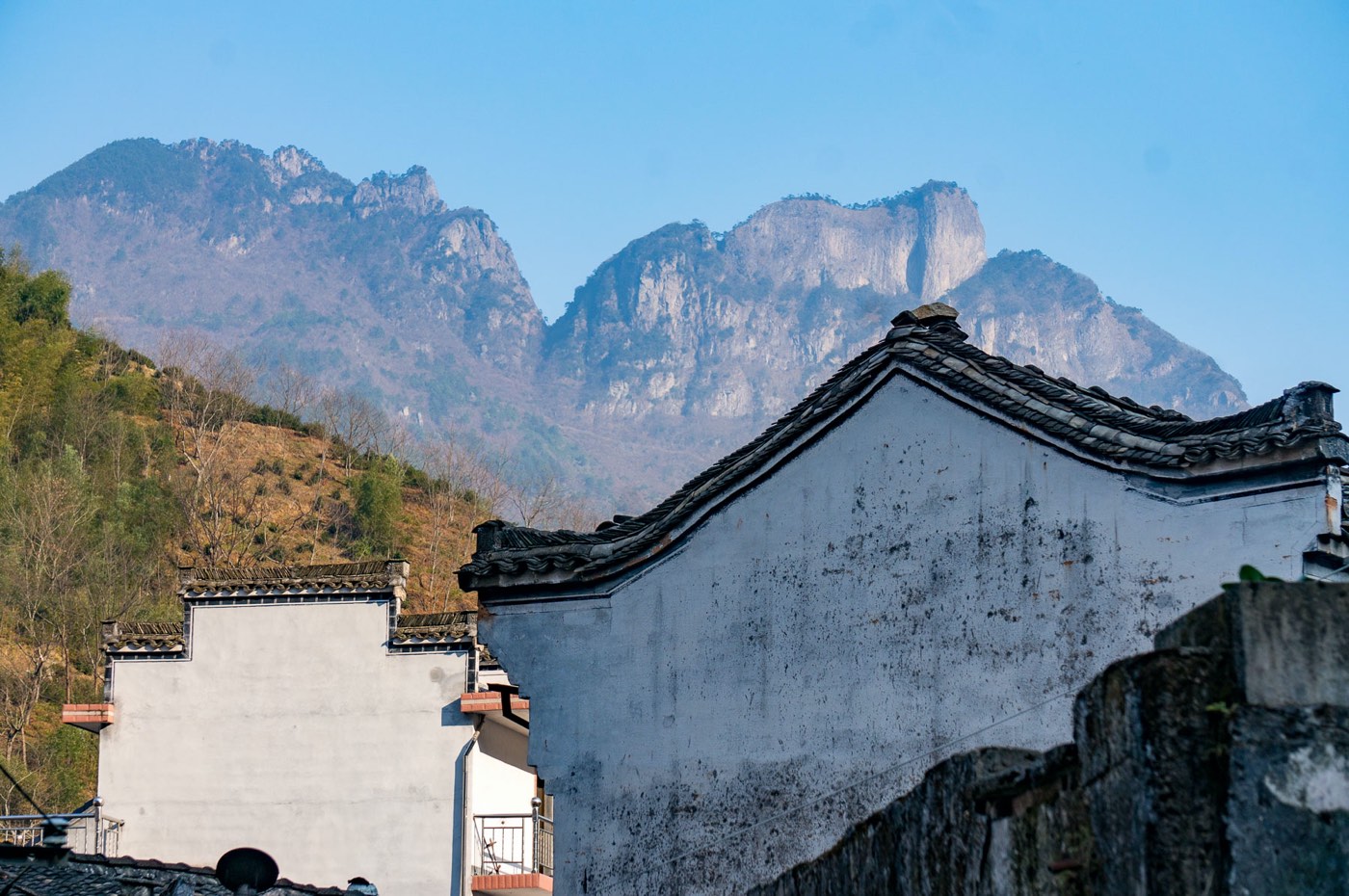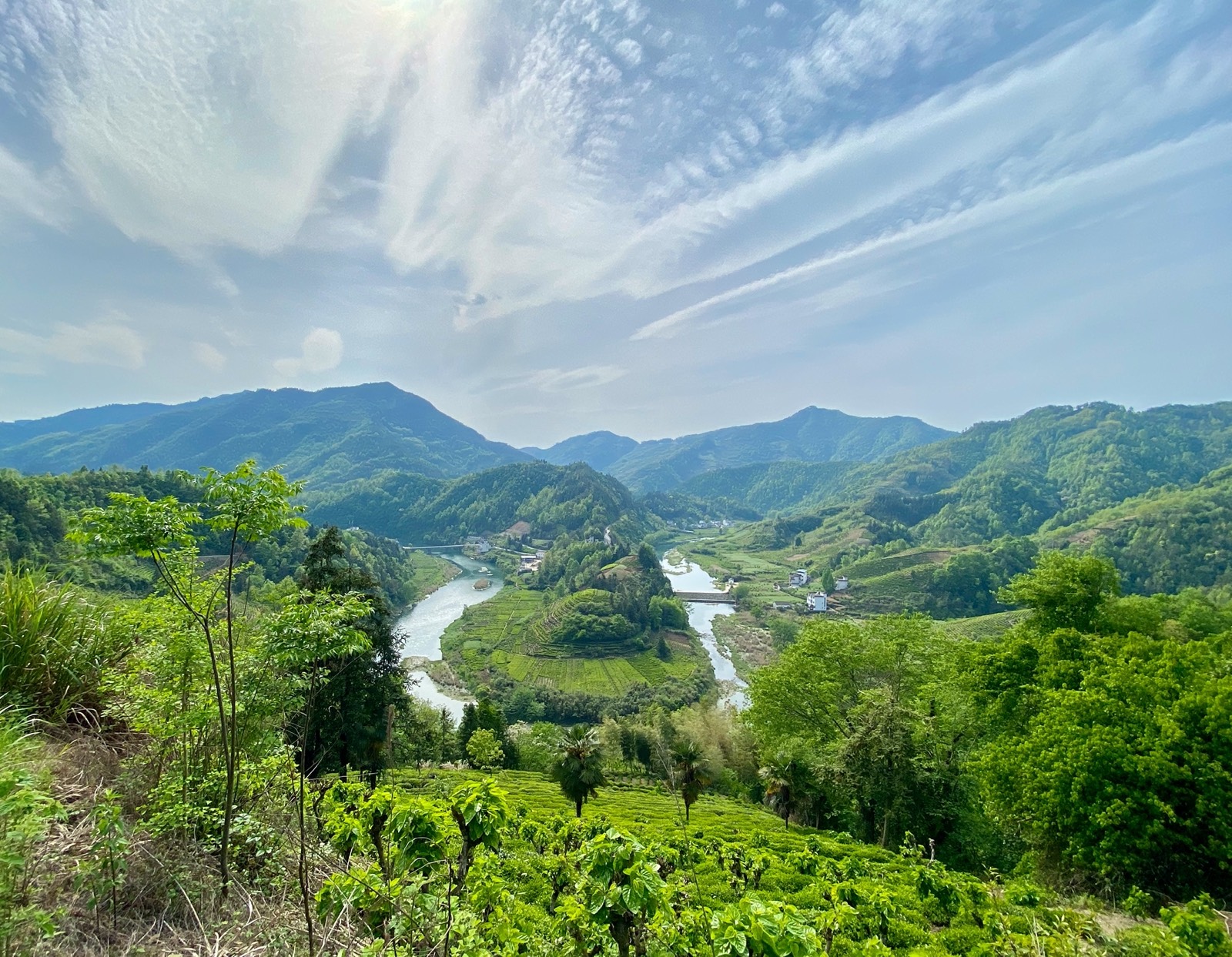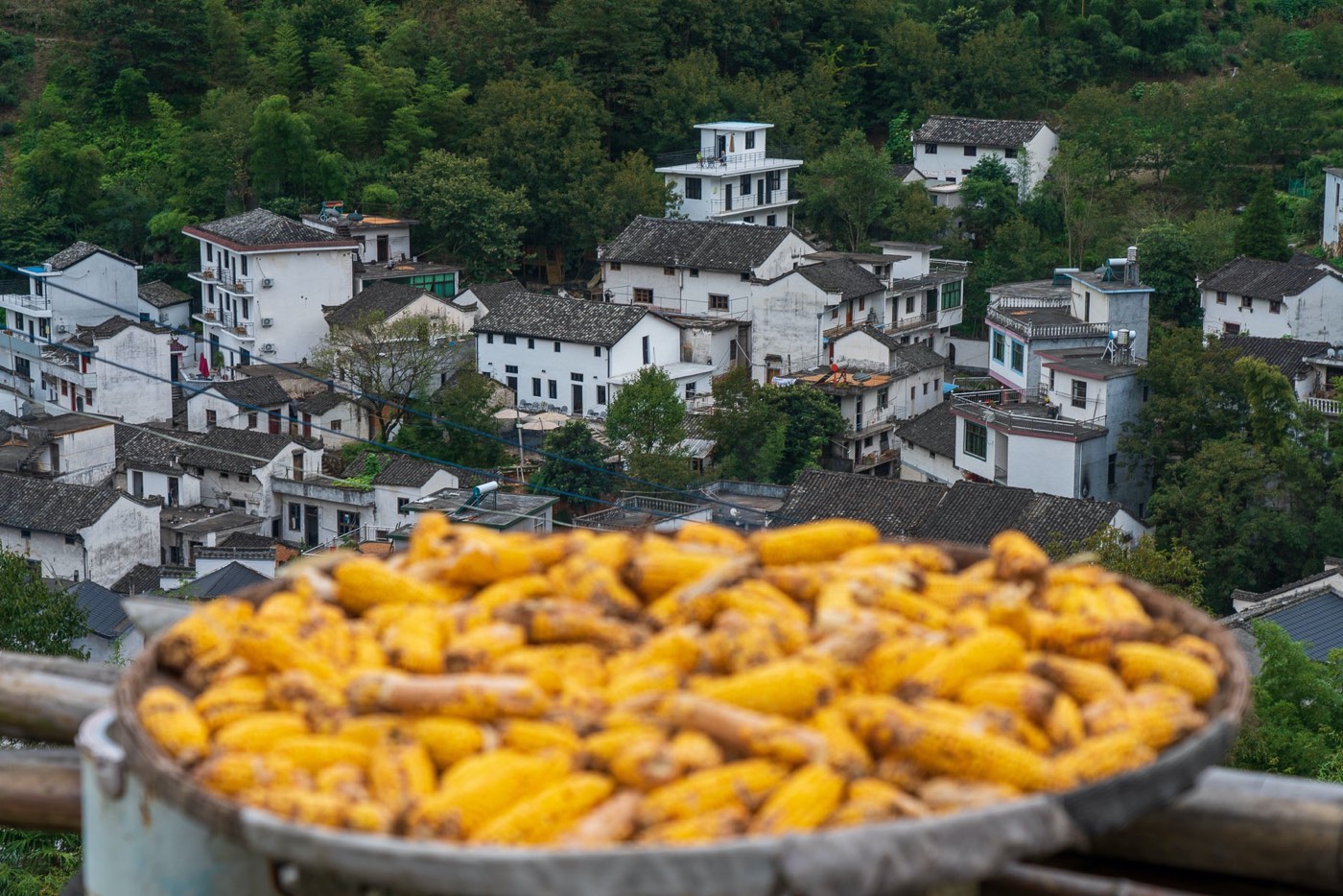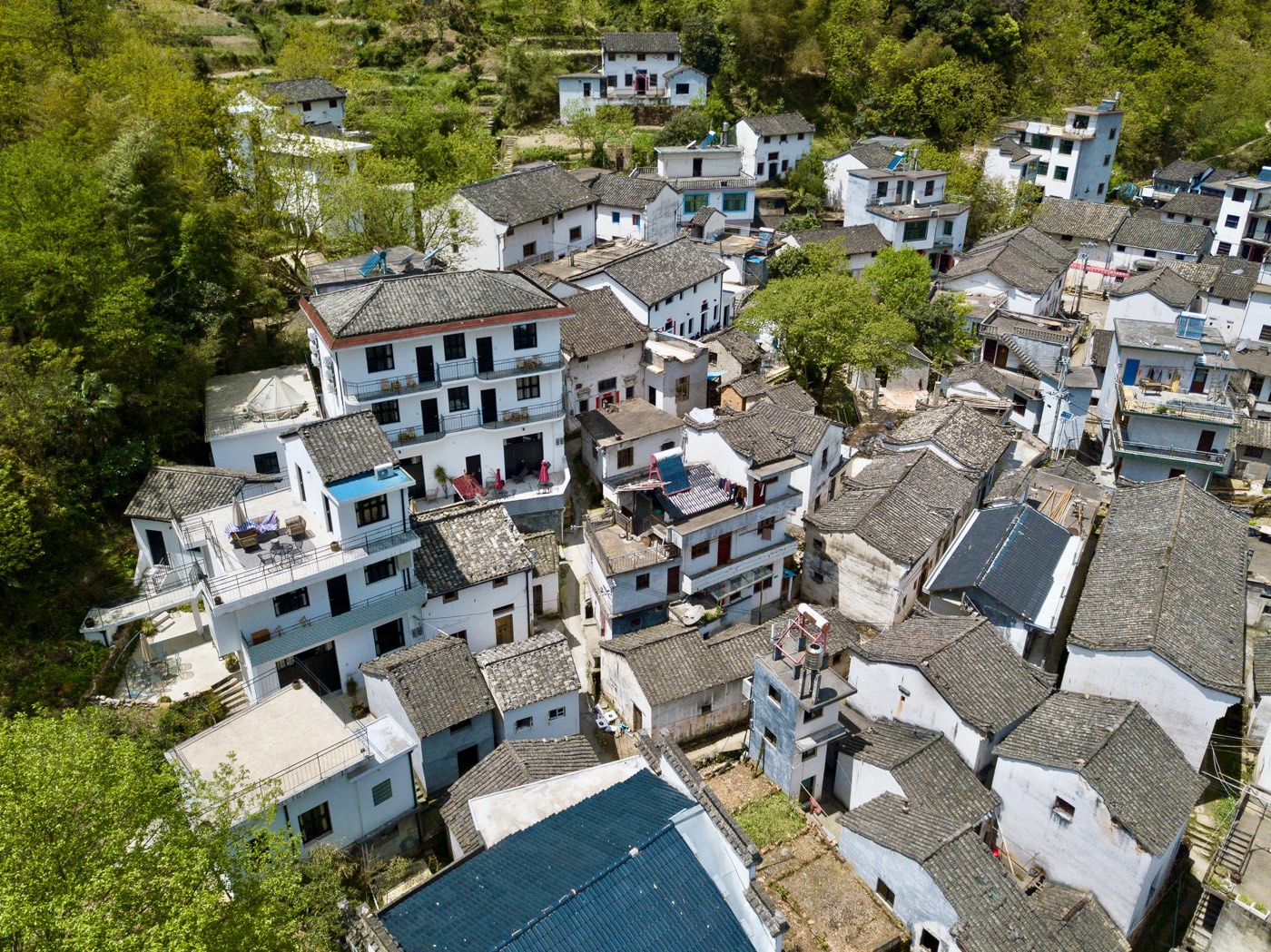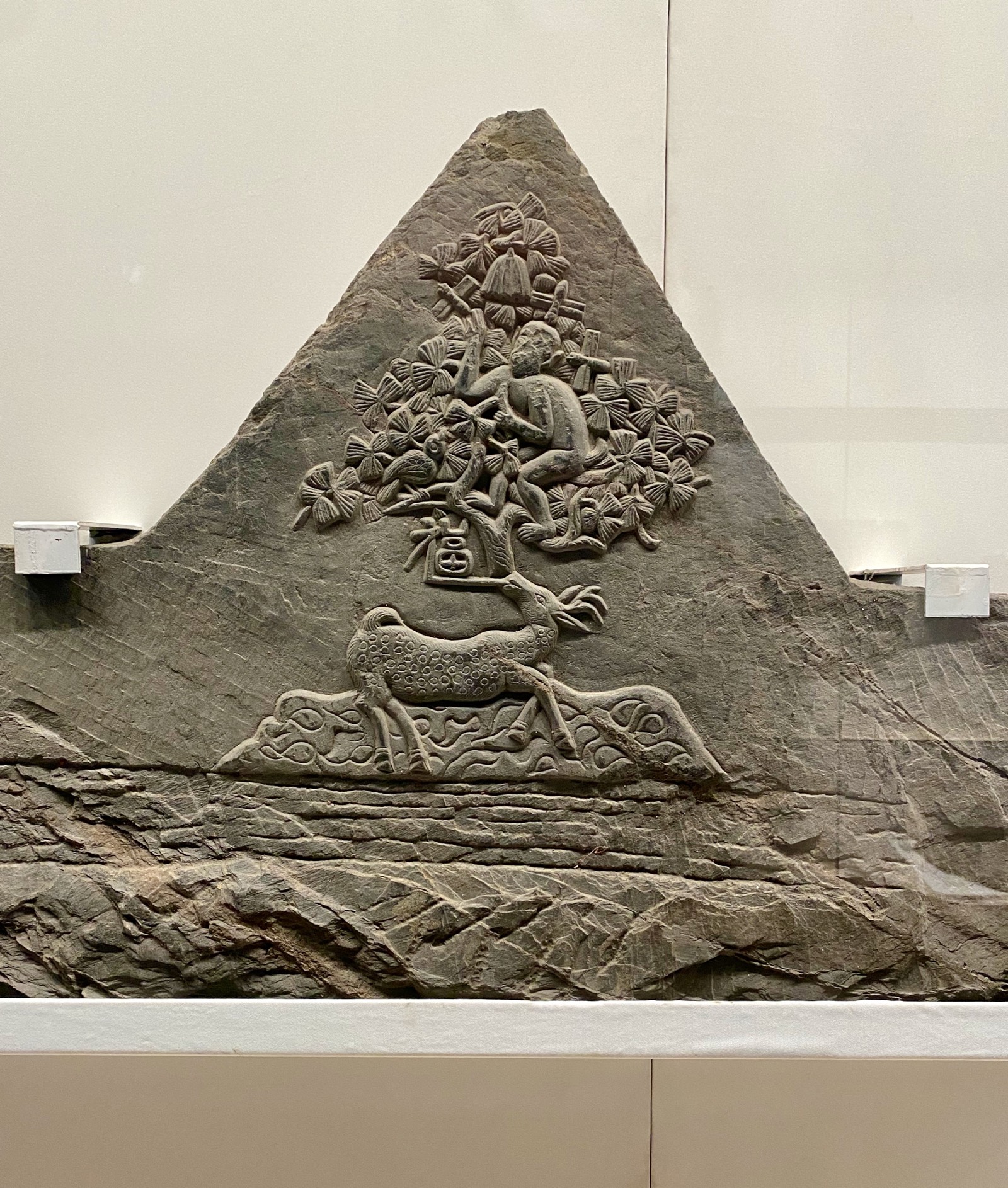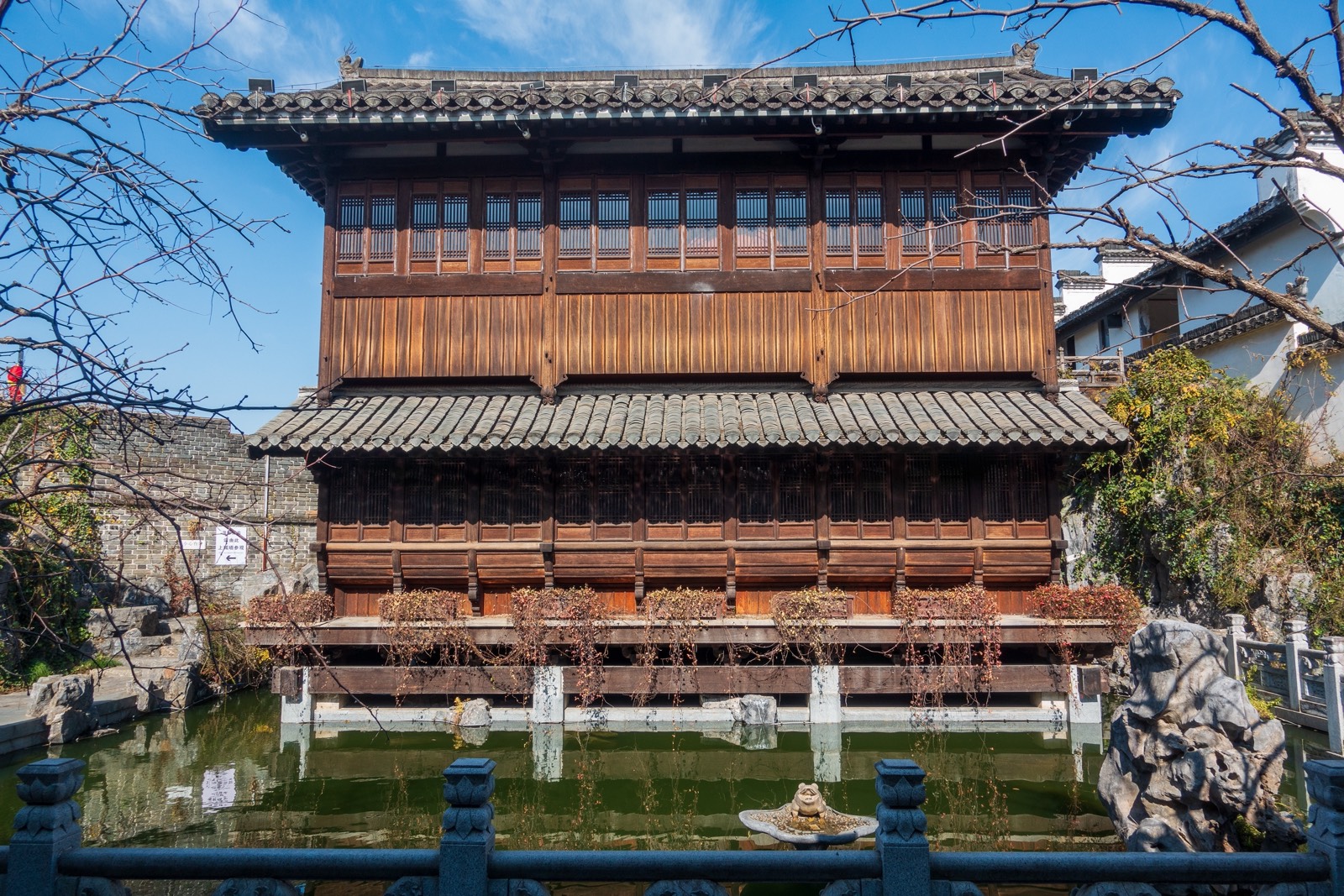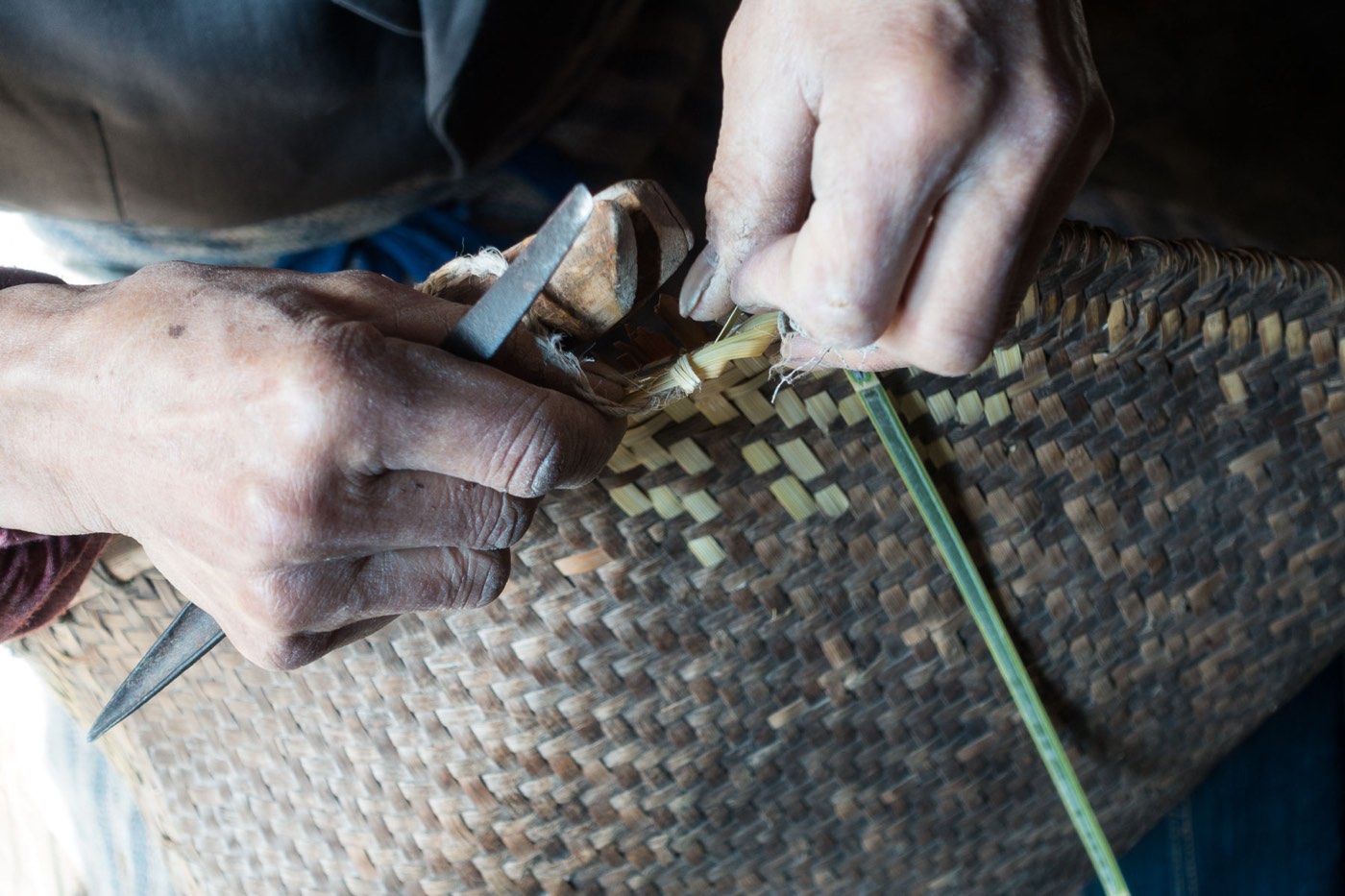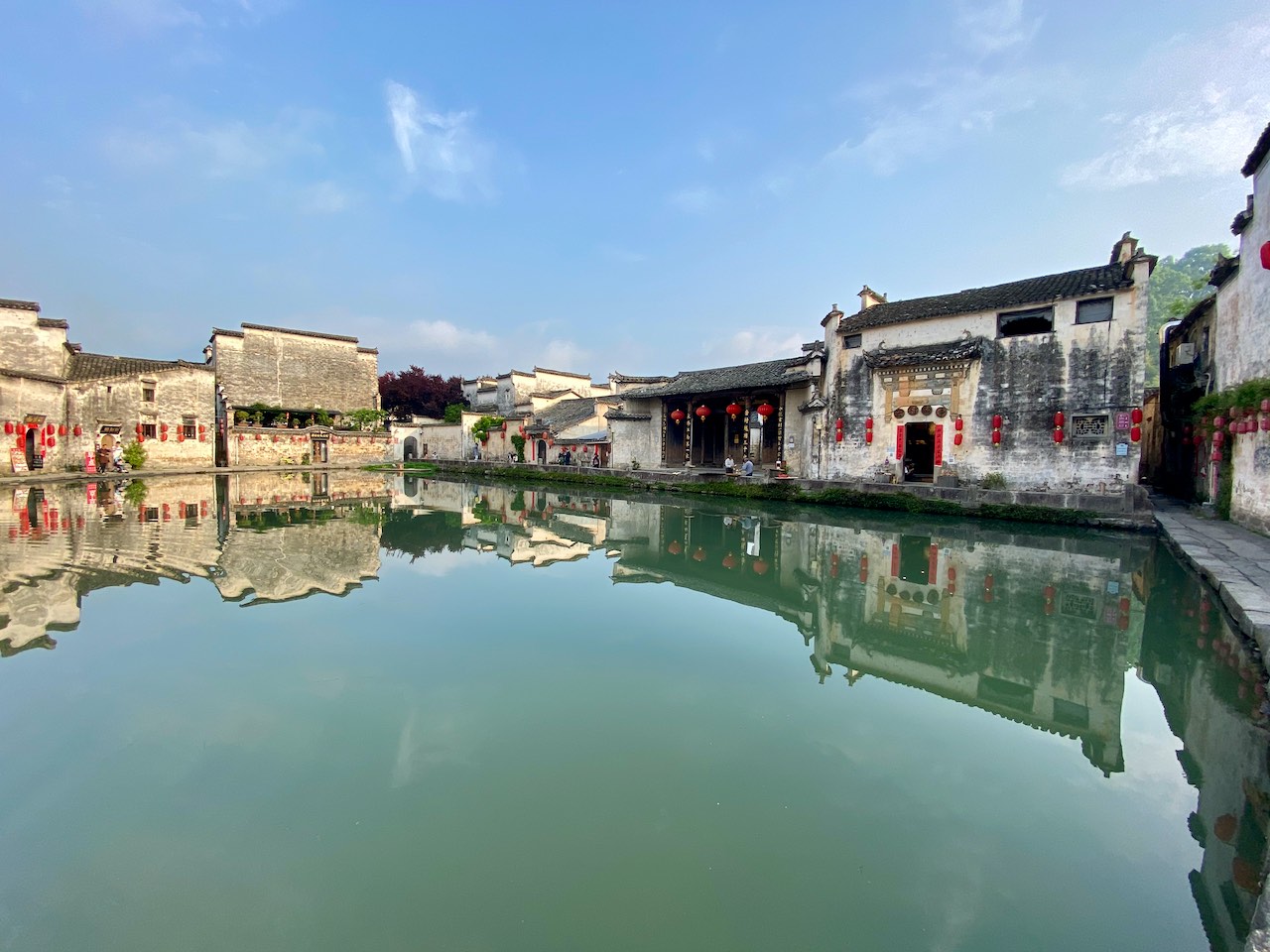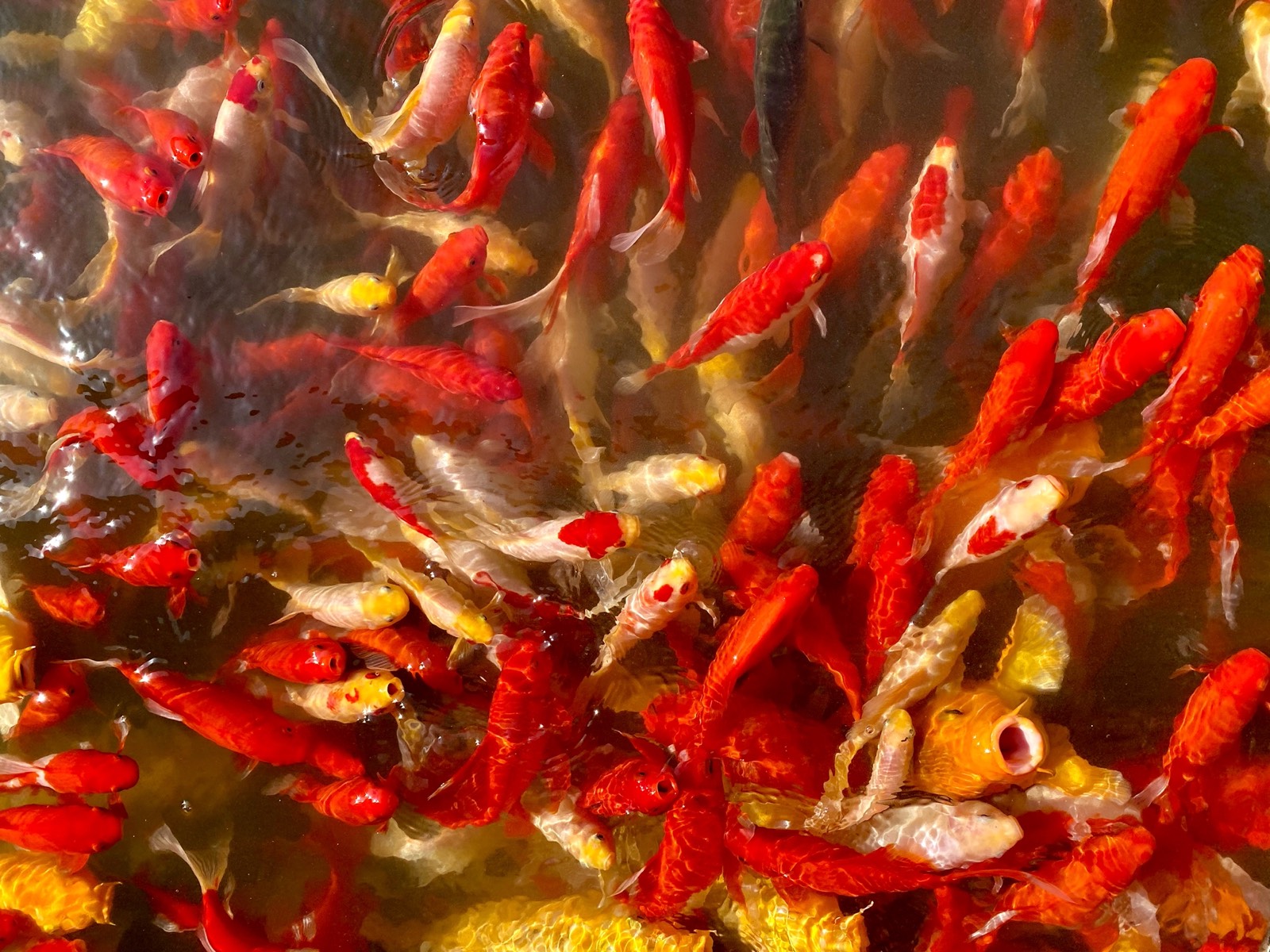Huizhou is an area west of Hangzhou which has cultural and economic historical importance for China. The rough, hilly and waterway laden terrain with close access to the old cities of Hangzhou and Suzhou brought about China’s first real migrant and then merchant class over 1000 years ago. From this sprang an important form of Chinese architecture, the development of refined ink painting and calligraphy, unique local food and customs. Huizhou had further influence on the greater area, from nearby Jingdezhen porcelain to the wealth development in Hangzhou and Chinas Eastern cities. Today the area is still known for its stunning hills, mountains, rivers and forests. Its also well worth a visit to get a sense of rural eastern China, old village life, customs and the development of migrant wealth and culture.
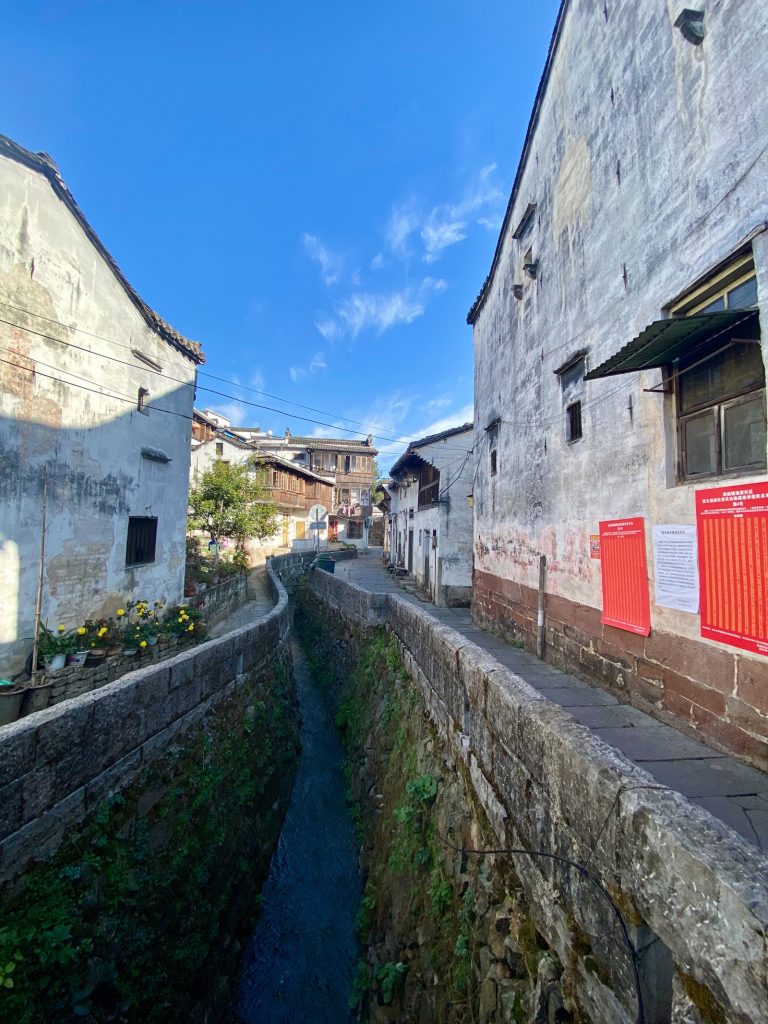
Introduction to Huizhou
What is Huizhou
Huizhou today no longer exist as a political / geographical region but it still exists in the hearts and identity of the locals, their culture and identity. Huizhou was a prefecture (like little province) level area which extended from west of ChuanAn (Linan / Hangzhou) in Zhejiang to Jingdezhen in Jiangxi with its centre seat being She County.
Huizhou was made up of the sub-counties of Shexian County (歙县), Yixian County (黟县), Xiuning (休宁), Qimen (祁门), Jixi (绩溪), and Wuyuan (婺源) and covered about 14,000 km2.
When was it started
Huizhou was formally established as a “prefecture” in the Song dynasty. It lasted as an official geographic “province” until modern China when it was divided between Anhui, Zhejiang and Jiangxi.
Huizhou Highlights
Things you should understand and see while here!
- Migrants, Merchants & the first Chinese mega rich!
- Local historic traditions
- Village Life
- Architecture
- Crafts
- Agriculture
- Water & Rivers
- Forests & Nature
- Festivals & Activities
The essence of Huizhou – The Flow of Life!
The Flow of Mountains & Rivers driving change! The flow of rain pouring in and river water rushing out. The flow of earth moving slowly down the terrain. The flow of migrants out and merchants returning. The flow culture and traditions. The area and life of Huizhou is all about movement and flows.
What are the Historic Highlights
- China’s Migrants & Merchants became the strongest in China!
- Refined small scale Chinese village architecture and landscaping!
- Intricate carvings in wood, stone and tile telling stories and representing identity & power!
- Refinement of China’s Four Jewels, ink stone, ink, brush and paper and their use (painting).
- Hui Opera, what Beijing Opera originates from.
What are the Current Highlights
- Visit She County and its museums to understand its history and architecture.
- Visit Yixian / Xidi & Wuyuan to understand its old towns.
- Visit the little villages hidden in the hills and along the XinAn River to understand its old rural river life.
- Visit nearby Jingdezhen to see the first major production line and the porcelain culture of China.
- Visit nearby Hangzhou to see one of the ancient worlds most amazing cities which was described by Marco Polo as “”The City of Heaven, the most beautiful and magnificent in the world.”
- Visit nearby Huangshan Mountain which has a huge influence on Chinese fine arts, landscape architecture and many cultural endeavours.
- Oh, and visit Wildhomestay to get your rural and wild introduction to the mountainous Huizhou area.
What to Buy
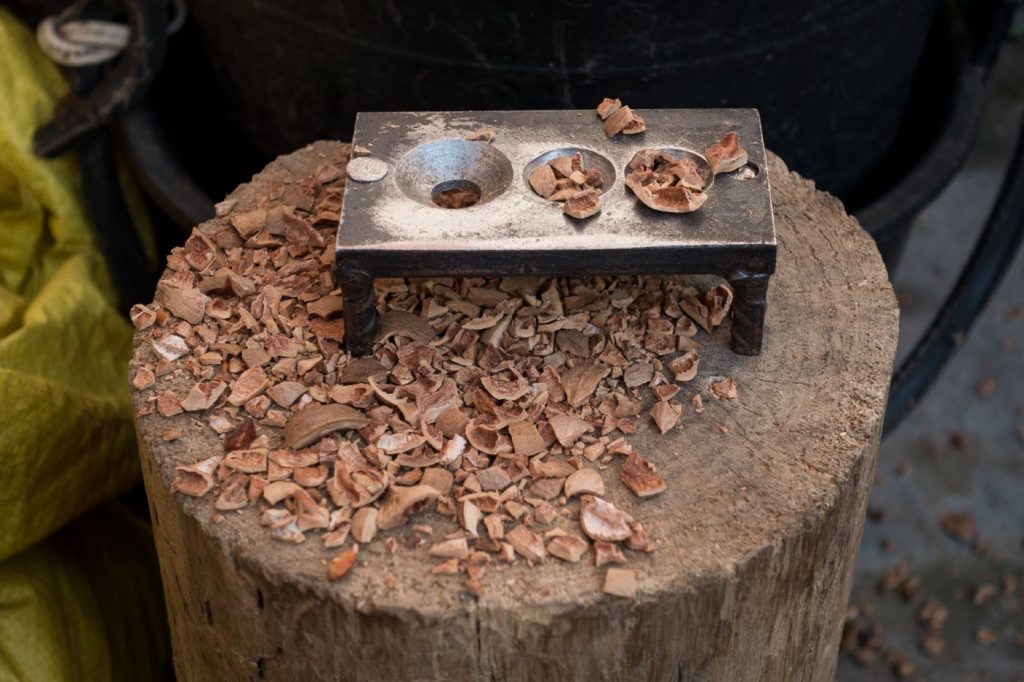
Buy some of the local Hickory nuts, green tea, wood and stone carving, hams and oils.
What to Eat
Hui cuisine is one of the 8 main Chinese cuisines and is well known for its use of wild herbs. Taste Tofu! Dried, fermented, soft, hard, smelly, hairy,…….. and all the local dishes cooked with it. The Tofu is great because the spring water is great. We get it fresh and filter it. The pork is fantastic. The salty ham and sun-dried sausage. Local free-range Chickens make a good soup. Pot cooking and fire cooking is the local speciality. Pots at the home and fires cooking the food on the old trails. A lot of the base products are salted to facilitate transportation and storage through the mountainous area. The Hickory nuts are famous in China. Local rice wine! And lots of great tea…
History
The area was sparsely populated before the Han Dynasty (202 B.C. – A.D. 220). Small nomadic clans, mostly of the Yue people settled and formed small villages dotted at strategic points along waterways, at the base of mountain passes and resource-rich areas. The Yue had moved from south China and advocated bravery, martial arts, and lead a very nomadic mountain existence in the area. Over time these small clan-based villages soon grew too large for the local population. The mountainous and river laden land was mostly unproductive and unstable and along with the local bandit clans forced many of the younger generations out. These tough, hardened, entrepreneurial young people set up in neighbouring areas and soon made their way to the larger cities, many as merchants.
The Yue people settled into larger groups, people returned integrating Confucian culture and traditions. The Yue were very enterprising and also tough, courageous and explorative. This they combined with Confucian education, social morality and clansmanship to build a very strong merchant culture. Therefore the Huizhou culture can be seen as a combination of Yue clansmanship with confusion characteristics.
Historically merchants and migrants were the bottom rung of Confucius society. After setting up their business in the main cities of the time, they would stick around, make their money, send it back to Huizhou but never really establish routes or were accepted locally in the cities. The wealth they generated would flow back along with confusion education and sophistication, back to their ancestral homelands. By the Ming dynasty, the flow of entrepreneurship, going mostly East and cash and culture returning was established. With their newly found wealth, the merchants would build new townhouses, some of the serious size and grander. Overtime (and with emperors approval) they built memorial buildings and archways to worship their ancestors and gods. From the stability of property ownership and the flow of cash flourished architecture, poetry, the development of writing, painting, opera and many local traditions.
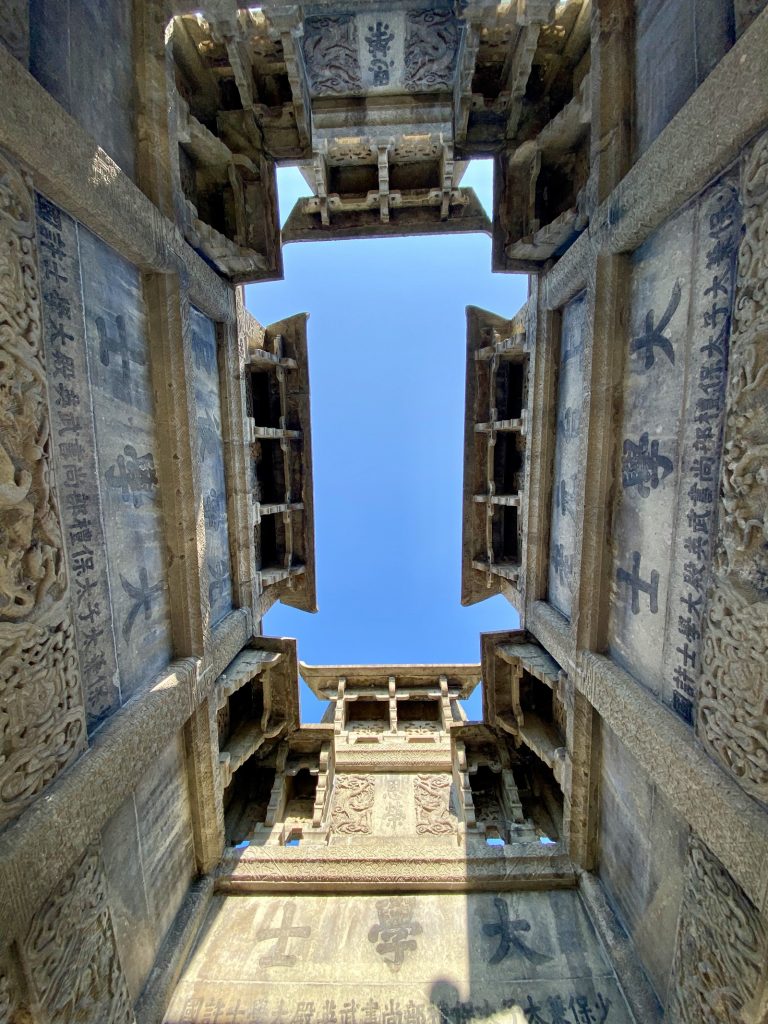
This flow of people out, wealth and eventually people returning established the Hui merchants as the most powerful in China by the Ming dynasty through to the 19th century. There are many stories of this “flow” including that people named “wang” in China originated from Hangzhou. Also, there is a fascinating story of , Hu Xueyan (1823-1885), a famous official businessman, politician and representative of Huizhou merchants in modern China. In 1823, Hu Xueyan was born in Huli village, Jixi County, Huizhou, Anhui Province. When he was young, his family was very poor and made a living by helping people herd cattle. In 1835, when Hu Xueyan was 12 years old, his father died of illness. When he was 13, he began to wander alone. He worked as a boy in Hangzhou grain store and Jinhua Ham store, and became an apprentice in Hangzhou “Xinhe bank”. From sweeping the floor and pouring out urinals, he became an official clerk of the bank because of his diligence and sureness after three years of graduation. By 1842, 19-year-old Hu Xueyan was accepted as an apprentice by the owner of Hangzhou Fukang bank. The owner had no children and regarded Hu Xueyan as his own son. When the owner was dying, he entrusted the bank to Hu Xueyan. This bank worth 5000 liang of silver can be called Hu Xueyan’s first pot of gold in his business life. In 1862, Hu Xueyan won the trust of Zuo Zongtang, the new governor of Fujian and Zhejiang, and was appointed as the manager to preside over the money, grain and military pay in Zhejiang Province, which made Fukang bank a great profit and since then he became both an official and businessmen. Till 1872, there were more than 20 branches of Fukang bank, more than 20 million liang of funds and 10000 mu of land. Because Hu Xueyan helped Zuo Zongtang to make meritorious contributions, so he was granted a government official title. He was regarded as one of the riches persons in China.
People like this lead to the famous local saying attested: ‘前世不修,生在徽州,十三四岁,往外一丢’ meaning ‘due to a lack of self-cultivation in the past life, you were born in Huizhou; as soon as you turn 13 or 14, you’d be kicked out to make a living.’ The tradition still goes on today. Huizhou and the Homestay area is full of migrant merchants and hopefully, over time will reestablish its past traditions and sophistication which is already slowly happening.
Hui Ink
Hui Ink is one of the famous “four treasures of study”. (Ink / Ink Stone / Brush / Paper). It is named after the ancient Huizhou Prefecture. In the late Tang Dynasty, with the war in Central China, a large number of intellectuals and skilled craftsmen moved south. Xi Chao and Xi Ting, a father and son who worked in ink crafting, fled to Huizhou. They found that there were high-quality ancient pines found adjacent to Huangshan Mountain, so they made a living by making ink. Because of its excellent ink quality, the manufacture base of Hui ink began and flourished. In the Song and Yuan Dynasties, ink workers added drugs to become medicine ink on the basis of their predecessors. People not only used ink but also began to collect ink. Ink began to develop in the direction of handicrafts. After the middle of the Ming Dynasty, the ink making scene of “Hui people’s family tradition” appeared in the whole Huizhou area, making Huizhou the centre of the national ink making industry.
The production process of Hui ink is quite exquisite. Burn the pine, rinse the ash, mix with the gel, pestle, shaping, air dry, polish, wash, paint gold. There’s an ink factory in Shexian where you can see how the ink is made. In addition to this the area was also well known for quality brushes (lots of wildlife), inkstone (She rock which is variety of black slate), and paper (lots of trees!).
Opera
Hui opera is one of the local operas in Anhui Province, China. It is not only an important local opera of Han nationality but also an important opera of Chinese opera. Not only Beijing Opera evolved on its basis, but also many local opera, operas in southern China also have a historical relationship with it, and its influence is almost all over the country. Huizhou opera has a rich repertoire, with a total of more than 1400 traditional dramas. Huizhou opera is also very rich in content and covers a wide range, including disputes among countries, court events, gods and ghosts, folk stories and interesting life events. On May 20, 2006, Huizhou opera was included in the first batch of the National Intangible Cultural Heritage List with the approval of the State Council. It’s worth asking around if any of the travelling Huizhou opera troupes are in the area!
Huizhou Architecture
There is lots of great small scale rural and urban traditional village architecture to see in the area. See this intro for more information.

